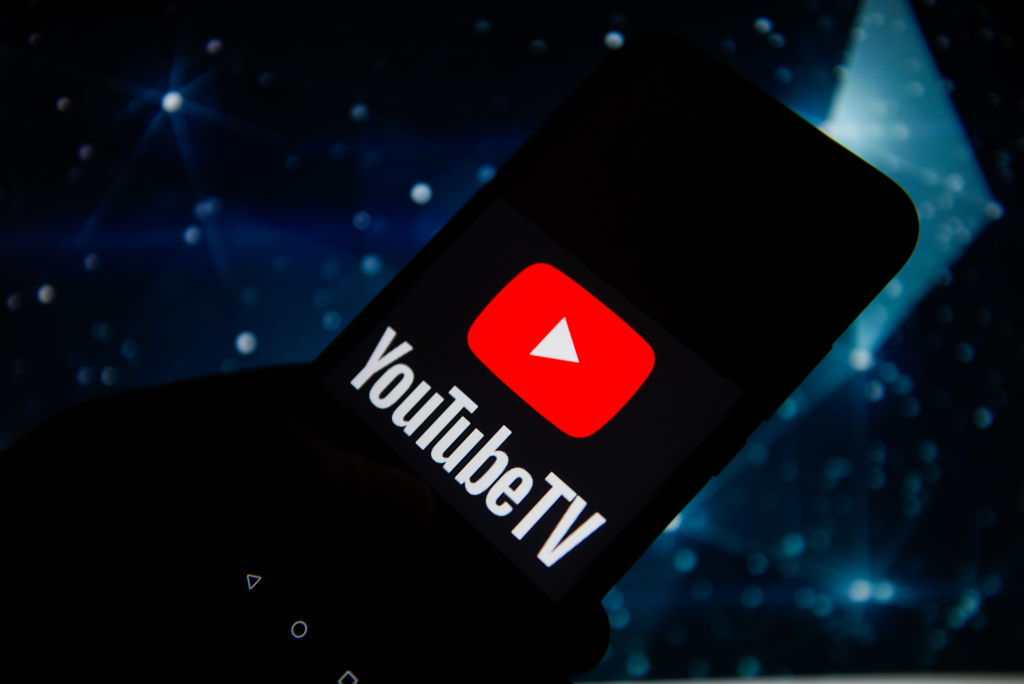YouTube AI Content Monetization: What Creators Need to Know Now
YouTube is tightening its rules to protect viewers from low-effort, mass-produced videos—especially those generated with artificial intelligence. Starting July 15, 2025, YouTube will update its Partner Program (YPP) policies to explicitly define what counts as “inauthentic” content, focusing on repetitive formats and mass-produced AI videos. While YouTube has always required content to be original and authentic, this update marks a more aggressive stance against spam-like uploads. Many creators are now asking: will reaction videos or clips be demonetized? According to YouTube’s editorial lead Rene Ritchie, the new rules will not target such content, but rather aim to clarify long-standing expectations for quality and originality.
Image Credits:SOPA Images / Getty Images
Understanding YouTube's New Policy on AI Content Monetization
YouTube’s updated monetization policy is not an entirely new rule but a clarification of existing standards. The core requirement remains the same: creators must produce original, value-added content. However, with the rise of generative AI tools, the platform is now taking a closer look at mass-produced and repetitive videos—common issues that have escalated in recent years. The new language will better identify content that’s considered low-value or spam-like, such as endless slideshow videos with AI voiceovers, repetitive “top 10” lists, or compilations that recycle the same scripts or footage.
For content creators relying on AI tools, the message is clear: automation must not replace originality. If AI is part of your workflow, it should enhance your content, not generate it entirely. YouTube wants creators to add meaningful commentary, insight, or editing to AI-assisted videos to qualify for monetization. The emphasis is on viewer experience and engagement—two key factors in determining if your content provides real value.
What Counts as 'Mass-Produced' or 'Repetitive' on YouTube?
The terms “mass-produced” and “repetitive” aren’t just about how many videos you post—they relate to the uniqueness of the content itself. YouTube defines repetitive content as videos that are nearly indistinguishable from one another, or from what already exists on the platform. Examples include using the same script across multiple channels, uploading auto-generated summaries without commentary, or reusing stock footage with minimal creative input. These kinds of videos often fail to meet YouTube's monetization criteria and may even violate spam policies.
Mass-produced AI content, in particular, is coming under scrutiny. YouTube is drawing a line between creative use of AI and lazy automation. If your content relies heavily on AI without editorial oversight or personalization, it may be flagged as inauthentic. This means creators must shift from using AI to mass-upload filler content, toward using it as a tool for ideation, scripting, or editing—while still applying their own voice and experience to the final product.
Tips to Stay Monetized Under YouTube's New AI Content Guidelines
To maintain monetization status under YouTube’s new rules, creators need to adopt a people-first mindset. Here are a few key strategies to stay compliant while still using AI effectively:
-
Add your voice and perspective – Whether it’s a reaction video, a tutorial, or commentary on trending topics, include personal insights or original analysis that only you can offer.
-
Use AI responsibly – Tools like text-to-video or AI-generated voices can speed up production, but should never replace human creativity. Blend AI assistance with real storytelling.
-
Diversify your formats – Avoid creating a long series of nearly identical videos. Experiment with new formats, visuals, or audience interactions to keep your channel dynamic.
-
Review YouTube’s Help Documentation – YouTube's policy page now includes clearer examples of inauthentic content. Familiarize yourself with these to avoid unintentional violations.
Ultimately, YouTube is signaling that the future of monetization lies in content that informs, entertains, and engages—regardless of the tools used to make it. The rise of AI doesn't eliminate creativity; it raises the bar for what counts as original. If creators want to continue earning on the platform, they’ll need to use AI to support—not substitute—their unique voice and value.
Final Thoughts on YouTube AI Content Monetization
YouTube’s new policy update reflects growing concern over the flood of low-quality, AI-generated content diluting the platform’s value. While some creators feared this would impact legitimate formats like reaction or commentary videos, YouTube has clarified that the focus is on abusive patterns—especially where content offers no added value or is overly repetitive. For creators who embrace AI as a collaborative tool and center the viewer experience, these changes offer an opportunity rather than a restriction.
The July 15 update isn't about policing creativity—it's about preserving quality. As generative AI tools become more accessible, the real differentiator will be human input, originality, and trust. That’s what YouTube wants to reward. So if you're a creator who uses AI wisely, infuses videos with personal insights, and focuses on authenticity, you're not just safe—you’re positioned to thrive under YouTube’s evolving monetization standards.
